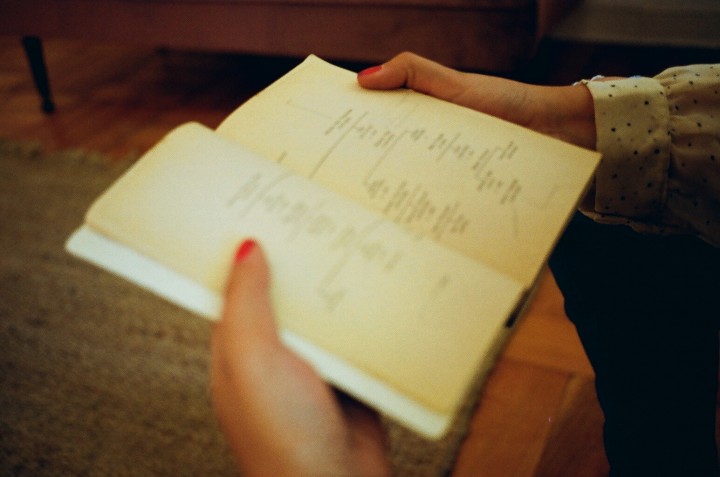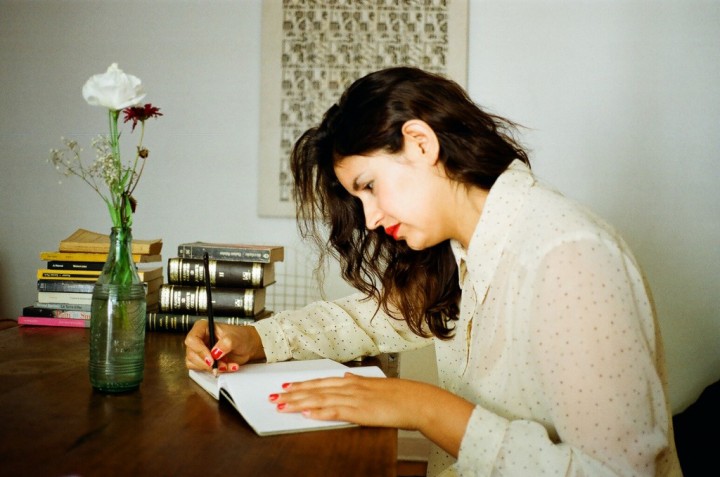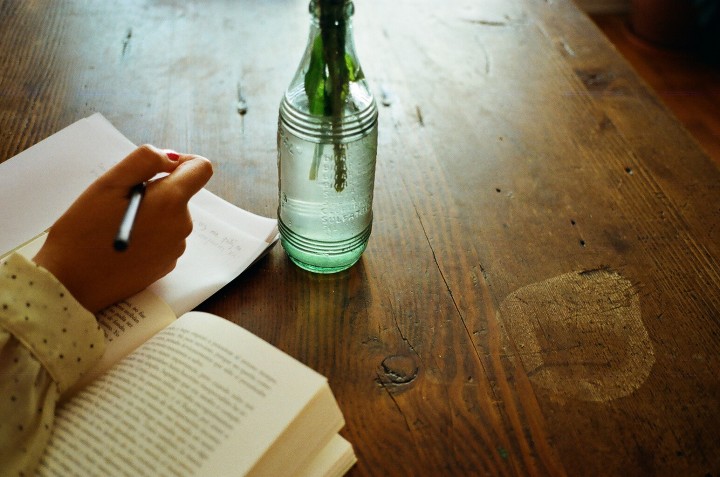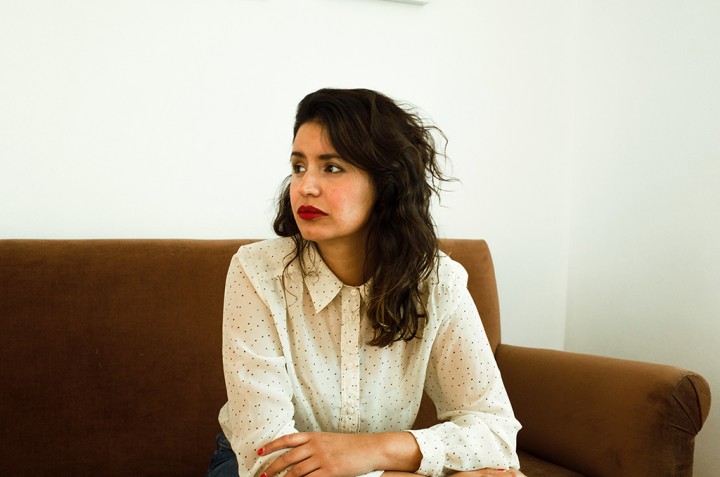Paulina Silva presents a line of work we might call diverse. “Disobedience” is the piece chosen for Rotunda Magazine, were writing and others are the ones who conform it. Re-written texts that leave trace of each one of the participants, including hers.
Text & Interview: Carolina Martínez Sánchez | Images: Emilio Marín | Translation: Ana Rosa Ibañez
“Disobedience” is one of the last art pieces of the chilean visual artist Paulina Silva Hauyon who is nowadays living in Spain, where creators are others and she nearly orchestrates the result. This is the piece chosen for Rotunda Magazine.
The realization of this piece took place last year for her final project of her Master in Artistic Investigation and Creation at the Fine Arts Faculty of Complutense University, Madrid.
Paulina has mainly developed two lines of work within her artistic production, one that is born from written word and another belonging to the body of the plastic work as such. Disobedience, no doubt, was born from and because of words.
From the visceral and new contexts
The place were “Disobedience” is born is a place of emotions, subject that relates to her own biography, tells the artist. That is how it is not governed by one methodology, but from the result where she wants to see reflected what she projected from the start.
During that time, Paulina hag gone to Spain to do the MA course at the Complutense University in Madrid. On the other hand, on that same time she had just finished a long term relationship with someone that had been one of her closest witnesses and partners of her work. From this new context, unknown for her, she lucubrates the following piece.

It starts from the idea of collaboration as a shield or boat to forget solitude. It becomes the most obvious contention to the adversity of that moment.
Of written and absent words
It wasn’t only co-creation what influenced the creative starting point, but also the fact that Paulina wanted to give something back to the Fine Arts Faculty. Putting all of the elements on top of the table, the artist’s emotional landscape as the end of a process and the idea of working with the same habitat and its elements; not generating waste from her own work, is how “Disobedience” starts taking shape, starting with an open call.
“I wasn’t only interested in the idea of the favorite book, but on how to give hand twist to the call, tense it a little bit. So, from this idea, I came up with thousands, how to re-write books that nobody reads at the faculty’s library, the least hip, the one’s that fall off the rating. I thought about how to turn it around, not just the topic of the favorite book, and maybe not non-existent books, but the ones that hardly ever get to catch a glimpse of light.”
Re-writing the word, and not wanting to “import” element to the piece, gave her the directive to put together the call: students, teachers and employees of the Fine Arts Faculty of the Complutense University of Madrid were invited to re-write by hand their favorite book (novels, essays, chapters or complete works) with the only condition that the writings couldn’t be found at the faculty’s library.
The time limit was a month, during which each one of the collaborators got the materials from the artist. Special metallic-tip pens were brought from Italy. The trace is given by the oxidation of the metal when it meets paper, singularity that – even though it looks like graphite – makes it indelible. With this, Paulina wanted to turn to the idea that “you can’t erase culture”.
From the start, paulina mentions the idea of twisting the call, so she looked for new spaces of tension in its development.
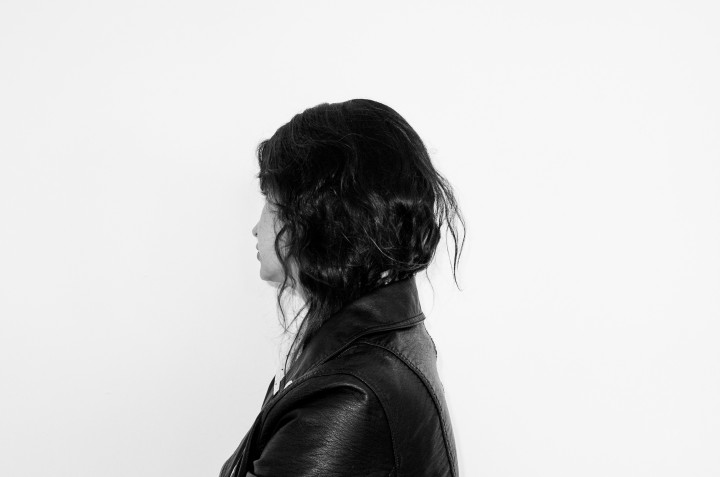
“ Like that girl told me “Paulina, I’m getting tired of writing with no stops.””- The collaborator, student crossing her first year at the faculty, was re-writing a novel by José Saramago.- “She could rest whenever she wanted to, but she entered the character without noticing.”
The work then not only constructed a meta-story, putting one story over the other, provoking a re-signification by putting the original piece in a new context and being manufactured by individuals. It also got the book to a new place, where it itself became the significant object, the book object.
With all the exercise elements concentrated within this object, you can re-think the relation of the book upon the contemporary devices of message elaboration and message transmission, wether it’s for utility or sensationalist effects.
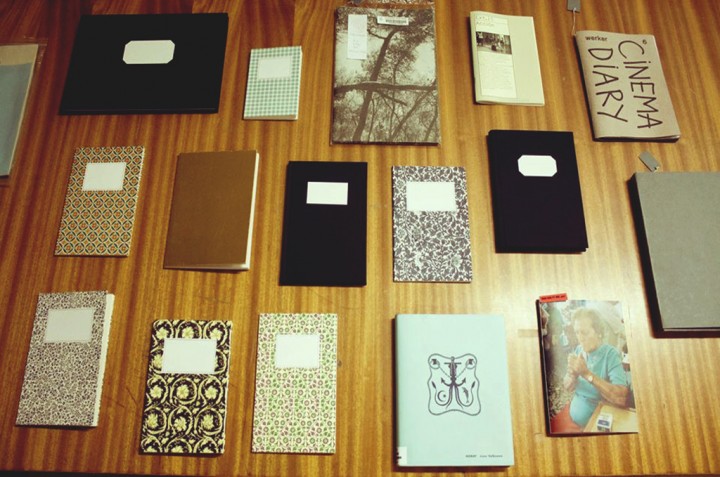
New and old inspirations, friendship and various songs
The call, which became a physical and mental identification exercise for the participants, became one for the artist as well. Also, the approach and an artistic friendship with Ingrid Wildi Merino, that became a personal friendship, led Paulina to find some answers in Wildi’s formalistic answers; but what’s more, made her want to refresh her work with new inspirations and referents. Not only names from the arts, as it might have been Jorge Macchi depurated work, but also find inspiration in silence and austerity, under which she was developing “Disobedience”.
This way, the cooperation and shelter underneath which the work is being co-created by the author and collaborators, finds its way back and starts making sense again.

A personal thought has accompanied Paulina regarding these two concepts:
“The blessing or curse that anticipates what’s written for this piece. In that moment I saw myself searching all of those places, all of those songs that strung along. The emotional speech is part of y personal thesis, rather than something that sustains my work.”
The personal companionship of the artist is configured under a sound band that has been living with her since infancy: soundtrack of life and work.
Materiality of gestures
Silva Hauyon is convinced that the artist has a rol that is patented in expression; both in the way it is done and on what it’s referring to. Art, conceived in this way, should be ethical, reflexive, and not just an esthetic exercise. From this point of declaration, she makes the interstices that tense a moment or situation visible to the spectator.

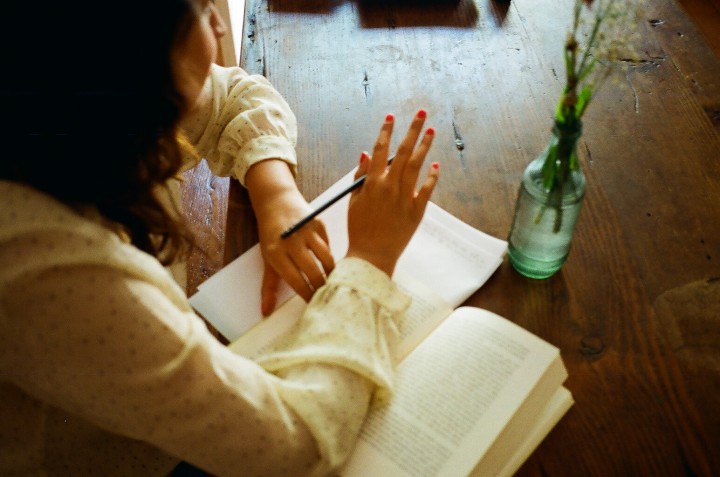
“It always gets involved with the interstices that bother (art). That’s where are is troubling, touching fibers of the heart.”
And there we find one of the main challenges for the conceived visual device; to re-think how to present people with what they don’t want to meet. Paulina thinks that the materiality regarding this task should be austere and should not generate waste, behaving accordingly to the resistance to mechanism and mercantilism. Extremely difficult result to achieve, when art consumers are, in many occasions, the ones that preserve such paradigm. Therefor, consistency becomes a new goal for the project and this austerity translates in the minimum complexity of the materials for the visual device.
“Minimum gesture, maximum sense”
Of charm and lonely companies
The songs of her favorite bands, such as “Banda Sonora”, has always been a companion on the development of her projects, as much as the nights in Bal-Le_Duc some time ago, Blondie and some other pubs popular at the time. Past (and present) that contradicts the modesty found in declaring taste for certain songs that she refuses to reveal. Even in that we seem to identify the longing for congruence, which becomes a passion for formalism which expresses on her work and esthetic experience of the world. She sees it as a translation of elegance and a sensibility for charm.
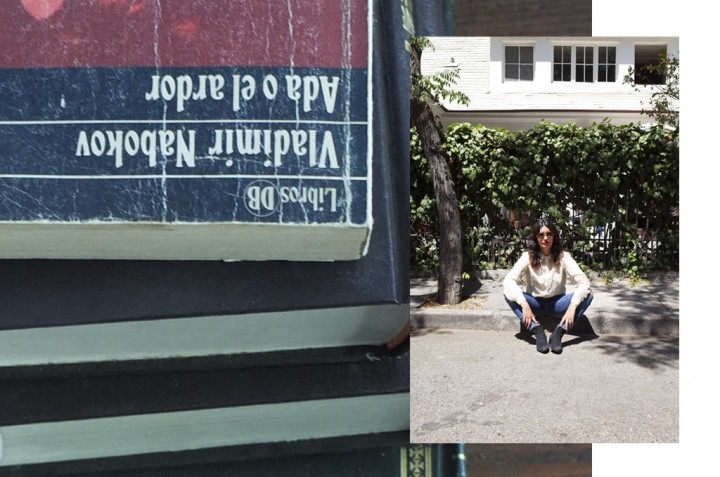
This is why she doesn’t hesitate in discussing her favorite film “Pride and Prejudice”, which blends all of her preferred ingredients: charm, formality and reverting a situation, re-discovering the twist; might refer to life, work or meaning.
Twisting the formalism
This new book object is configured from torsion, not only relocating new narratives but also implicitly proposing the re-evaluation of the subjects of study by becoming a part of the university’s library: renew and amplify the catalogue in areas such as music, poetry, literature, philosophy, essays, etc.
As a written work, “Disobedience” can be described as austere, where the memories charm provides certain joy by invoking nostalgia. This doesn’t mean that behind the formality lies a hidden message; the esthetic resources were peaceful graphics and traditional stationery. We could identify a narrative concept in the fact that the boy’s stories were bound in a feminine fashion, while the girl’s look quite masculine; technical resolution that placed the texts in a opposite answer to the formal heterosexual norms.
Paulina’s insurgency seems to go into crisis once put against her own formalism, but it’s the latter the one that makes her unveiling methods come from a detailed observation of the elements, which are ingrown in the interstices which she wishes to declare. A special transmutation of her own truth.
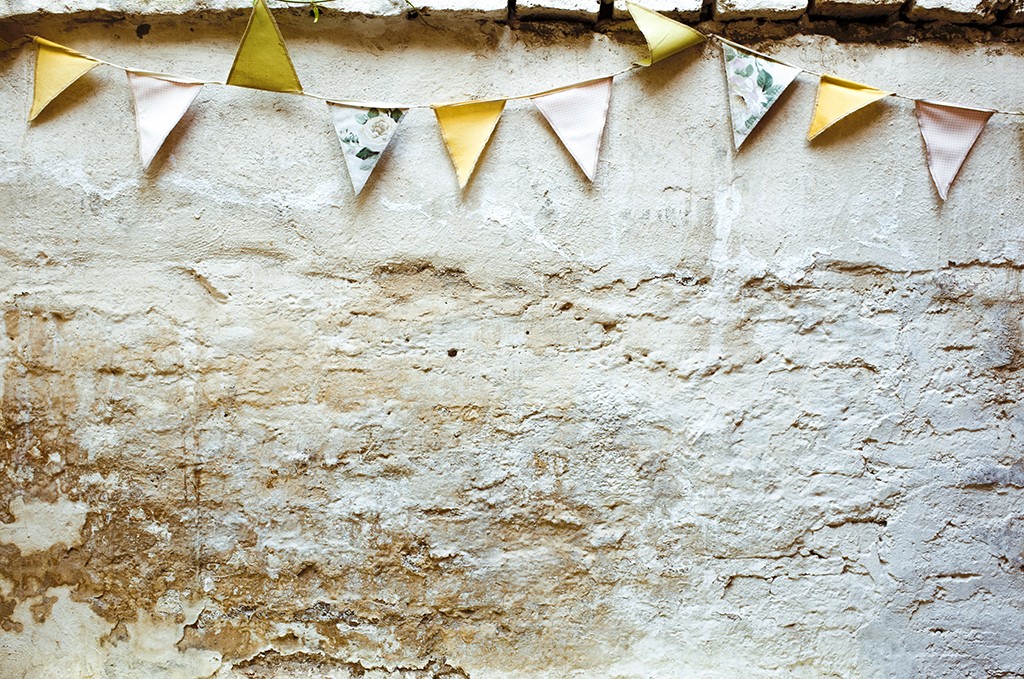

 Español
Español
